Home>Data Storage>Hard Disk Drive>20 Things You Didn’t Know About Hard Disk Drive
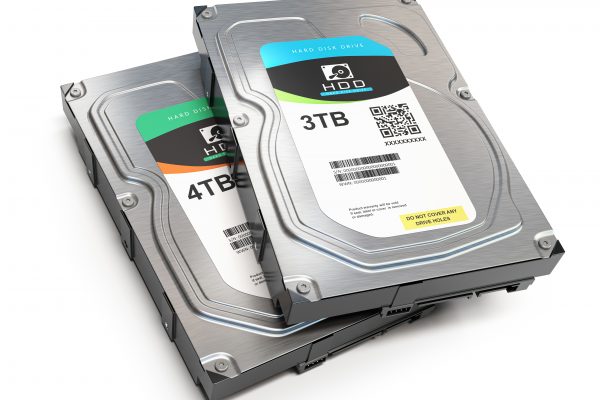
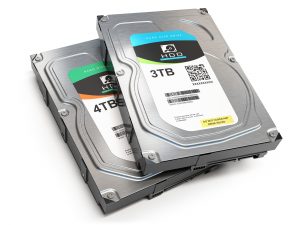
Hard Disk Drive
20 Things You Didn’t Know About Hard Disk Drive
Modified: October 27, 2024
HDD's might not be so important today but here are some amazing facts and hidden properties of a hard disk drive that an average PC user MUST know.
(Many of the links in this article redirect to a specific reviewed product. Your purchase of these products through affiliate links helps to generate commission for Storables.com, at no extra cost. Learn more)
A hard drive is one of the most significant components of a computer. It is not just a hardware piece that sits within your CPU, it is an accessory with essential properties that are necessary for the effective functionality of a computer.
Let’s begin by the most sought after question on the internet. What does a hard drive do? Well, the hard disk drive is a place where all of your computer’s data is stored. Not just your pictures, songs, or games, but all of the information regarding operating systems, internet connectivity, drivers, and other pieces of information that are beyond the user’s reach. When people say the word ‘storage,’ they usually mean the external hard drive.
There are different types of hard disks that come with various capacities. They store your data long term, so their capacity is often very large. Some of the space in hard drive gets filled automatically by pre-installed operating systems and drivers, but the remaining is free for you to store your desired data in.
A hard drive is probably not as important nowadays, because of cloud-based storage, as it once was. But there are some amazing facts and hidden properties of a hard drive that, if you are an average PC user, you probably know nothing about.
Hidden Things You Didn’t Know About Hard Disk Drive
Read more: How To Organize A Hard Drive
1. The First-Ever Hard Drive
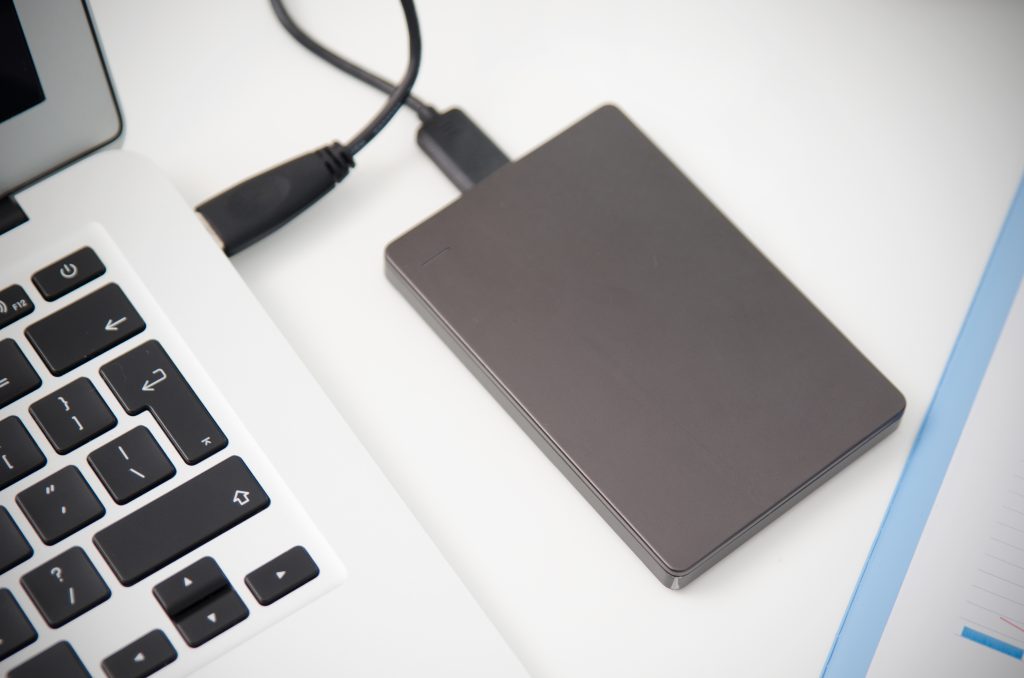
When a hard drive was first released, it was only limited to be used in IBM Computers – a story all the way from 1956. The hard drive was initially called the 350 Disk Storage Unit. Later that year, IBM continued to release other versions of the hard drive, and people (only those who could afford it) continued to buy it.
IBM even exported this device to other countries and companies. At that time, the drive weighed about 1 ton. Shocking, isn’t it? Unfortunately, the drive’s production discontinued in the latter part of 1969.
2. The Initial Price Of The Hard Drive

Buying a hard drive back when it was new was not a piece of cake. It was very expensive. I’m sure you’ll agree that spending $34,000 on a hard drive doesn’t seem like a reasonable investment, no matter how you look at it. But that is how things were back then. If you were to own a hard drive back then, you had no other option to buy it for $34,000. Though it was available for rent, the rent was a staggering $1200 – so it wasn’t exactly cheap either. But right now the scenario is quite different. Check out the prices of different hard drives now
Another cool fact about hard disk drive is that the very first hard drive had a data capacity of just 3.5 MB. So, basically you had to pay $34,000 in order to get 3.5 MB of space.
3. Largest Hard Drive Capacity
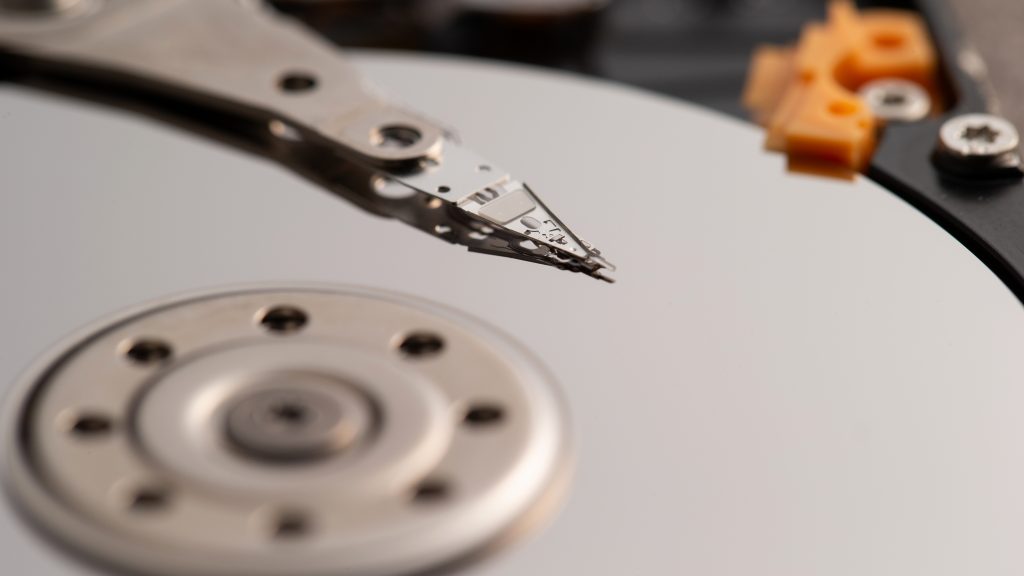
The most widely used HDD is usually of 8 TB or 5 TB space, manufactured by brands like Seagate. However, over the years the storage capacity has increased tremendously.
Samsung, a famous brand of electronic devices and accessories, holds the record of the largest hard drive capacity with 16 TB of storage. Apart from the fact that 16 TB of HDD is adequate space for storing plenty of data, most HDD users are upgrading to SSDs. And Samsung – again – holds the record of having produced the largest SSD of up to 30 TB of capacity. While Seagate external hard drive remains best with efficient capacity, Samsung seems to be pushing the boundaries of hard disk storage capacities.
4. Material Of Hard Drive’s Platter

You’ll be surprised to know that hard drives are made of some of the most expensive metals available. Apart from all the iron you see on the surface of the hard drive, the platters of the hard drive are made of a costly element known as platinum.
Platinum has excellent thermal properties that add to the hard drive processing power. While another element known as Ruthenium is used for gaining brilliant magnetic properties that make it easy for the drive to store data.
Read more: How To Store DVDs On Hard Drive
5. Hard Drives Are Not Airtight
As opposed to what most people believe, hard drives are not airtight. The popular belief is that hard drives are airtight. That is not the case. However, hard drives do have filters in them that prevent dust from getting inside the enclosures.
Dust is terrible for your hard drive and the stored data inside. Filters in the platters of hard disk keep the dust away thereby protecting your data. E
6. Traditional Hard Disk Drives Have A Capacity Limit
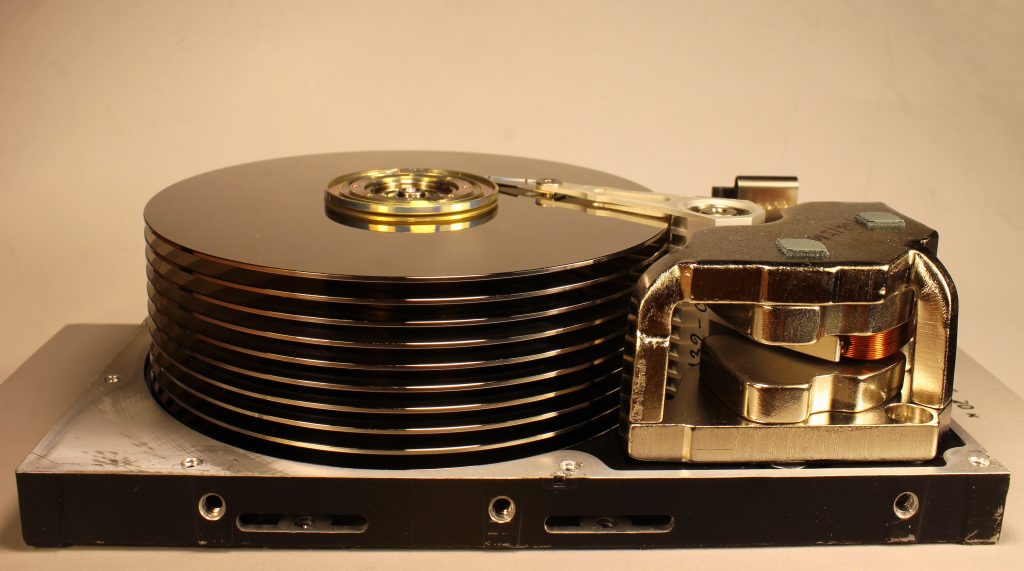
Another thing most people don’t know about HDDs is that they come with certain capacity limits. Due to air resistance and power requirements that limit the number of platters a single drive can hold, traditional hard drives do have capacity limits.
Several aerodynamic processors make it quite impossible to place exceeding amount of platters in a single hard drive.
Furthermore, there are other physical and technological principles apart from power requirements that make it difficult for the platters to spin at a speed of more than 15k RPM. However, some brands have manufactured drives that can be utilized at max speed, like Seagate external hard drive, for example.
7. Hard Disks Drives Are Limited By Space
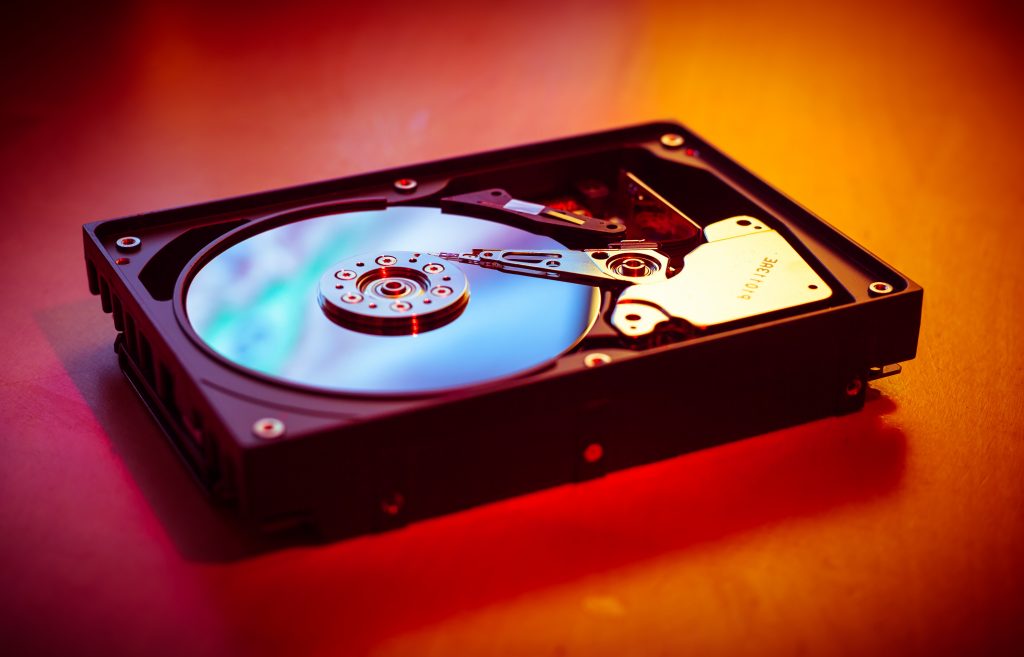
This is one of those things that average users don’t usually know or care about. But it can be a very interesting fact for tech geeks. As we all know, hard disk drives are read/write storage devices.
Hard drive’s read/write head requires a minimum capacity to be able to read and write that information. And most hard disks drives are limited by the space that one bit takes on the disk platters.
8. An Innovative Solution
As mentioned earlier, the limitations on hard drives make it hard for pro users to continue using it. Fortunately, there has been an innovation that very few people know about.
Helioseal Technology is an advancement that brings a great solution to these problems. The Ultrastar He12 helium hard drive is designed to replace the air that resides inside the enclosures with helium. It exceeds the upper limit of space, so it becomes easier for it to fit more platters – which ultimately results in 12 terabytes of sturdy storage.
Read more: How To Store Hard Drives Long Term
9. Compact Storage

The first hard drive weighed around 1 ton, its size was equivalent to that of a refrigerator. Hard disk drives have evolved quite a lot since then and one of the things that has changed is that they now come with compact storage.
When the first-ever hard drive was compared to modern hard drives, the 350 Disk Storage Unit (1956 one) took up about 10 billion times more space per MB than average hard drive nowadays. Well, we took HDDs for granted, didn’t we?
10. Compact Size
We mentioned earlier how the storage capacity has become more efficient since the initial invention of hard disk drives in 1956. Well, storage capacity isn’t the only aspect that was upgraded. The size of the hard disk drive has undergone some serious evolution over the years as well – hard drives have become smaller and smaller over time.
A single MB takes up to 11 billion times less physical space than a single MB did in 1956 designed hard drive. As the speed of circulation of data has increased, the hard drives have become more compact in size while storing a large bulk of data easily.
11. Storage Units Of Social Networks

As we all know, most data circulates in the form of social networking nowadays. Different media platforms store different types and amounts of data of their users – and users agree to that.
Facebook, being the most popular social platform, has stored around 300 PB in their quarters in 2013. One PB or petabyte is equalled to 1 million GB – surprising, right?
YouTube, being the leading platform for posting video-content, has stored around 500 PB of data in their hard drives as of 2015.
12. Hard Drive Of Netflix

Let’s talk about Netflix. We all enjoy watching different movies and TV shows on the most widely used streaming platform. But we have no idea how much data they’ve been storing in their hard disk drives.
According to the reports of 2013, Netflix needed more than 3.14 PB (i.e., around 3.3 million GB) of hard drive space just to store all those movies and web series that it providers.
And these numbers are probably being downplayed given how Netflix also needs external hard drive storage to save the info about customer’s accounts and payment methods.
Read more: Is It Worth Buying SSD External Hard Drive?
13. Doubling Of Industrial Data Hard Drives With Passage Of Time

Although we do have some information on the data storage needs of different social and streaming platforms like Facebook and Netflix, it is also necessary to note that their customers are increasing day by day or week by week.
Therefore, it is an overlooked fact that their storage units filled with rows and columns of hard drives are expanding week by week. According to Moore’s law, the amount of data on external hard drives of digital industries doubles every 1.2 to 2 years.
14. Amount Of Power For Industrial Data HDD Storage
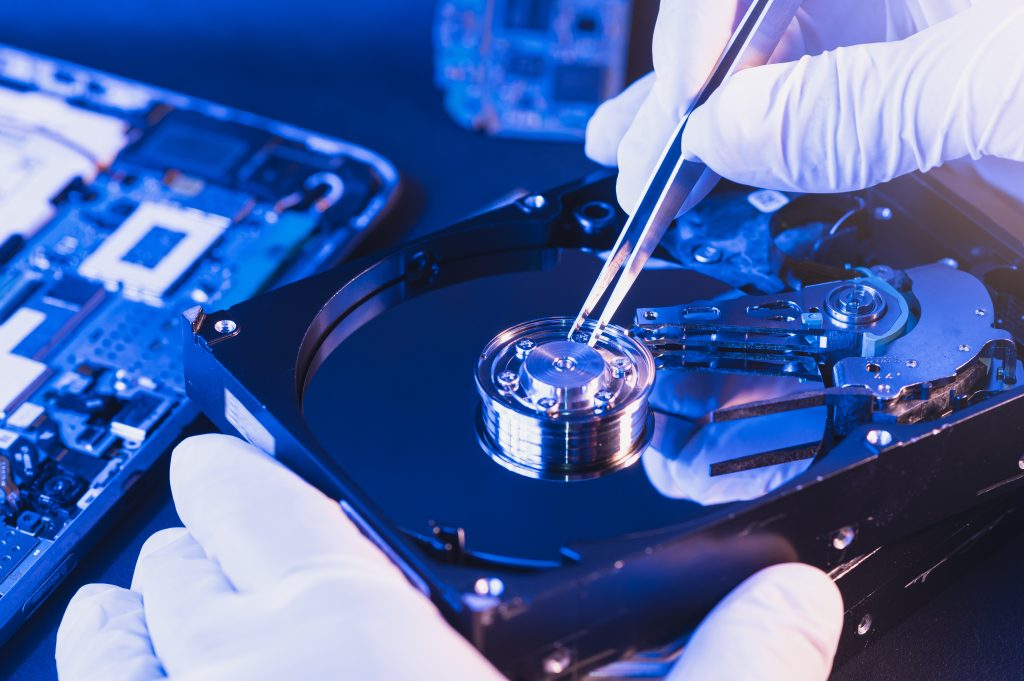
Most people are aware that digital industries create separate storage units for millions of gigabytes of data to be stored in hard drives. But one shocking fact is that large facilities which consist of rows and columns of hard disk drives require much more electrical power than what is needed to run your PC.
Using the whole computer day does not make that much of a difference on your electricity bill, right? Well, the amount of power extensive facilities use to run hard drives is equivalent to that of providing light to one small city.
15. Smartphone Vs. 1958 Era Hard Drive
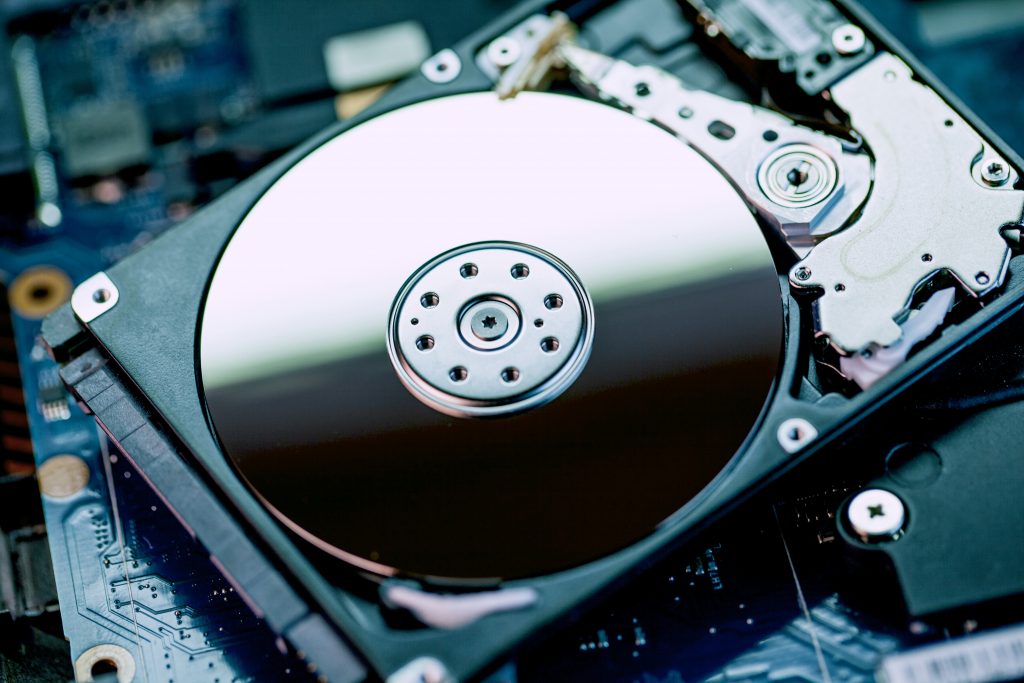
You already know that hard drives used to be gigantic in the ’50s era. They would offer maximum space and provide minimum capacity. Well, what about the drive on your cellphone.
Did you know that the cellphone in your pocket with storage of, let’s say, 256 GB is equal to the size of 54 Olympic-sized swimming pools completely filled with hard drives of the 1958 era? It means, in 2020, you’re barely occupying any space while storing maximum data of up to 1 TB external hard drive which is way more than what you could store back in 1958.
16. HDD Are Getting Replaced By SSD
While hard drive has platters that continuously spin to read and write your data. Scientifically, things that spin or move too much eventually wear out quickly.
A solid-state drive or SSD is a storage device that has no moving parts. It is basically a giant flash drive. Its platters do not spin or move. Therefore, its life is longer than HDD. It is one of the many reasons why hard drives are getting replaced by solid-state drives.
Read also: 14 Best External Hard Drive Storage For 2025
17. Data On Hard Drive Needs Its Own Space
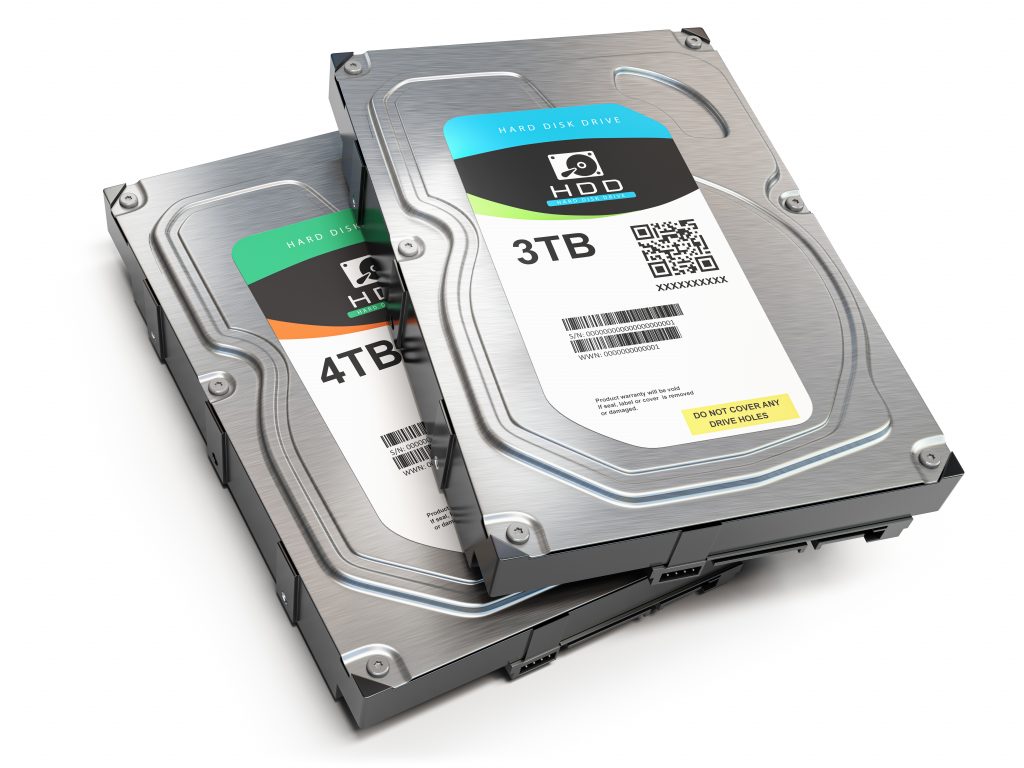
Well, to make data more compact, most of the tech world has shifted to using SSD to replace traditional hard drives. But unfortunately, storage devices can not go on shrinking forever. The data needs its own place; that place – to some point – cannot be reduced by hardware.
If there is 1 TB external hard drive, it will occupy its required space. If the data is forced to fit in a small place, it will break and become of no use, that’s what’s physics say.
Therefore, we’ll have to wait and see what the next evolutionary step of data storage technology will bring.
18. The Technology Of Intangible Storage Platforms
This is when sci-fi technology comes into the equation. There are specific storage platforms already in use like 3D Storage, holographic storage, cloud, DNA storage, and others. Is it possible that, in the future, people abandon hard drives and upgrade to intangible storage? We don’t know yet but given how fast data storage has evolved over the years, the chances of this happening are pretty high.
19. Magnets Can Completely Destroy Data On Hard Drive

Enough about storing your data. Shall we talk about deleting data from hard drive?
There are some cool ways you can delete your data. One of them is through magnets. If you put your hard disk under a super-powerful magnet, your data might get erased instantly. Magnets have the ability to corrupt or completely erase the data that is stored on a hard drive. Magnets like these make it impossible for HDD’s to read or copy data.
20. You Can Easily Put A Password On Your Hard Drive
Well, if you don’t want to destroy your data. How about putting a password on it? A lot of people don’t know that they can put a password on their hard disk drives. In fact, it is quite easy to do.
You can set a new password on your hard drive through accessing the BIOS menu from your computer. Before your operating system loads, you will have to access boot options by pressing the required function key(s). Go to BIOS > Security, this is where you’ll be able to put a password on your hard drive.
Hopefully, this article enlightened you a little bit about all the interesting hidden facts of HDDs. Let us know if we missed something in the comment below! Also, check out the top 20 HDDS’s available in the market now.
Was this page helpful?
At Storables.com, we guarantee accurate and reliable information. Our content, validated by Expert Board Contributors, is crafted following stringent Editorial Policies. We're committed to providing you with well-researched, expert-backed insights for all your informational needs.
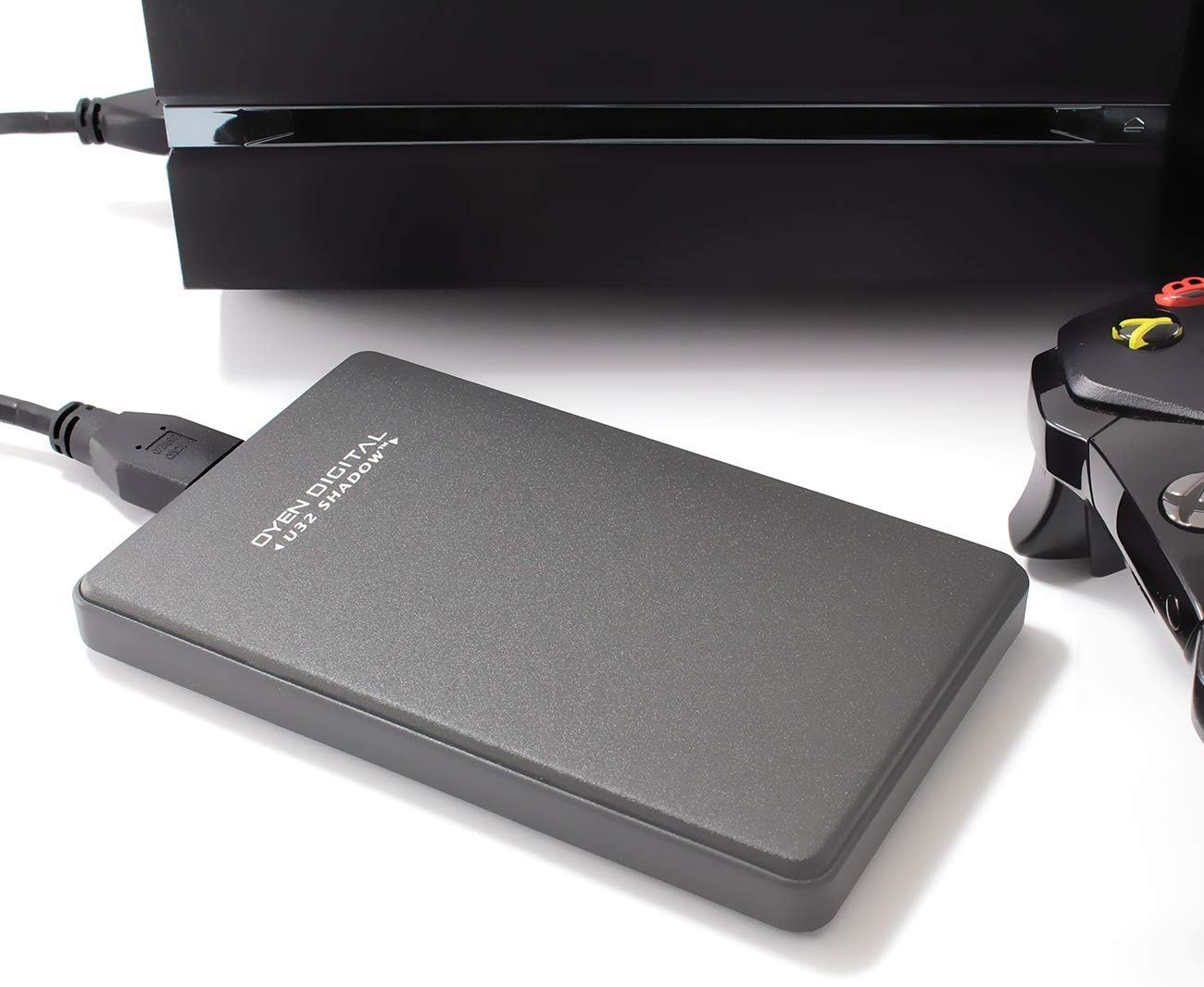
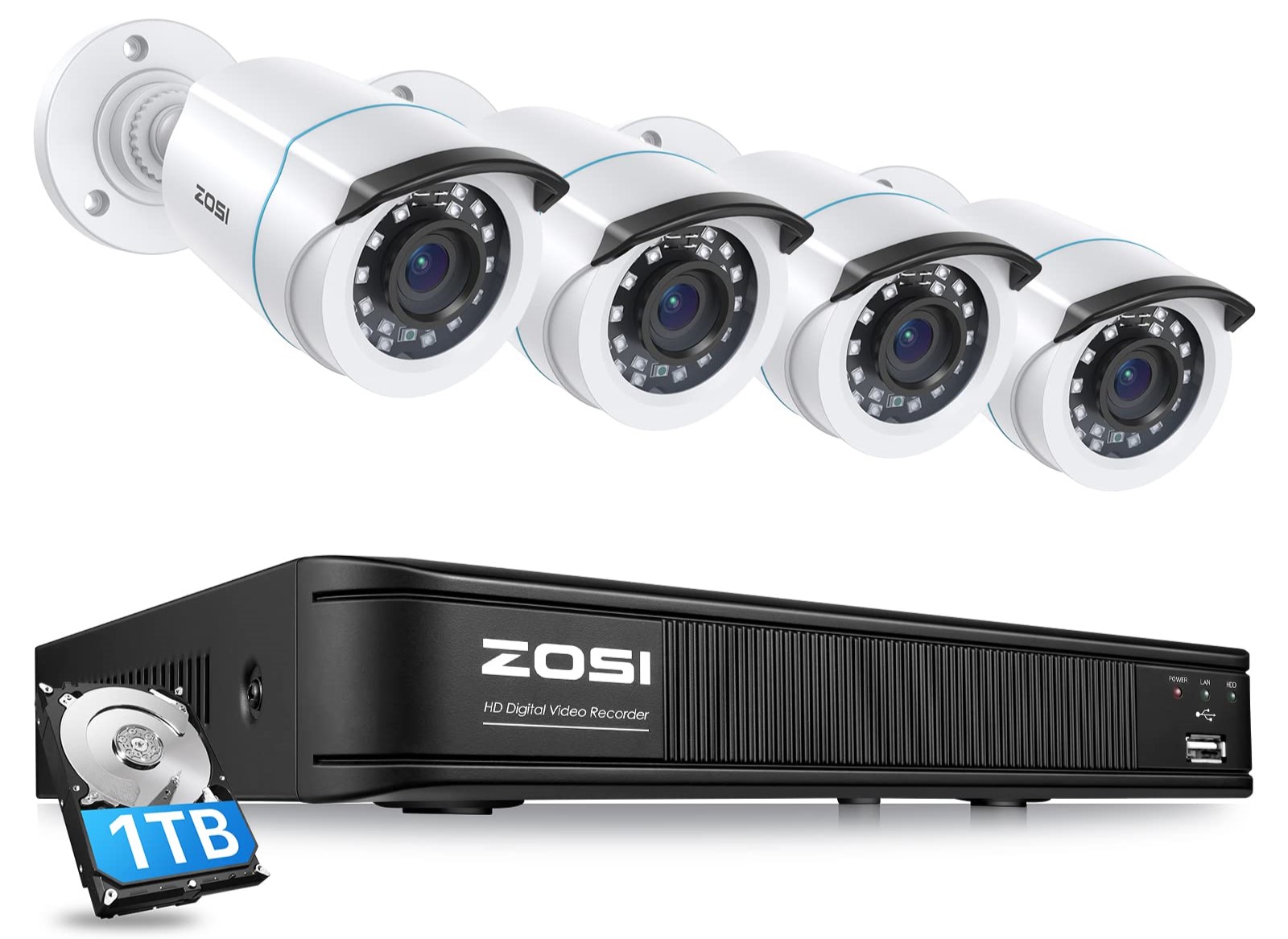
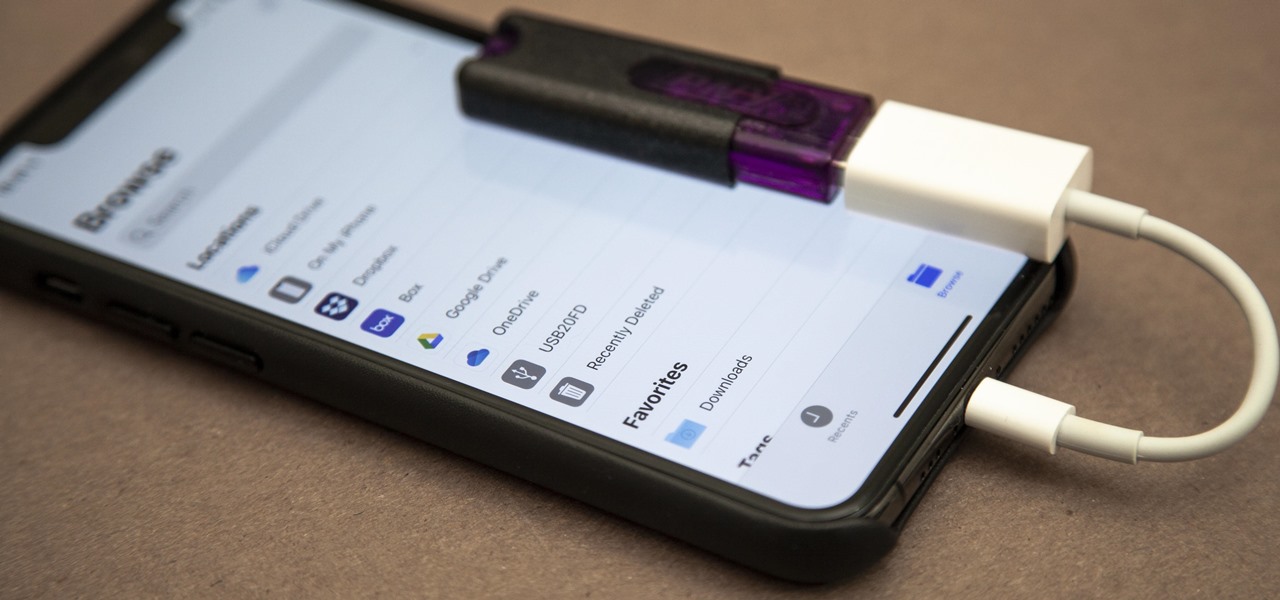
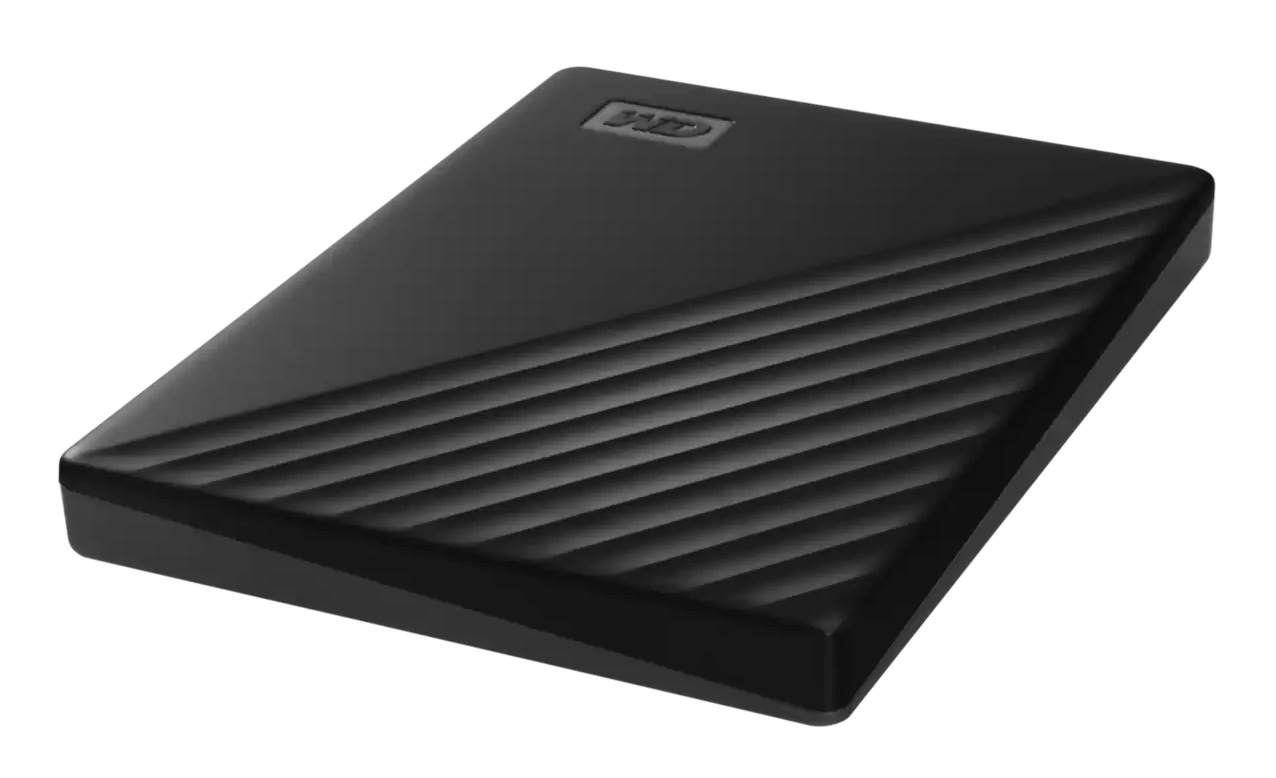
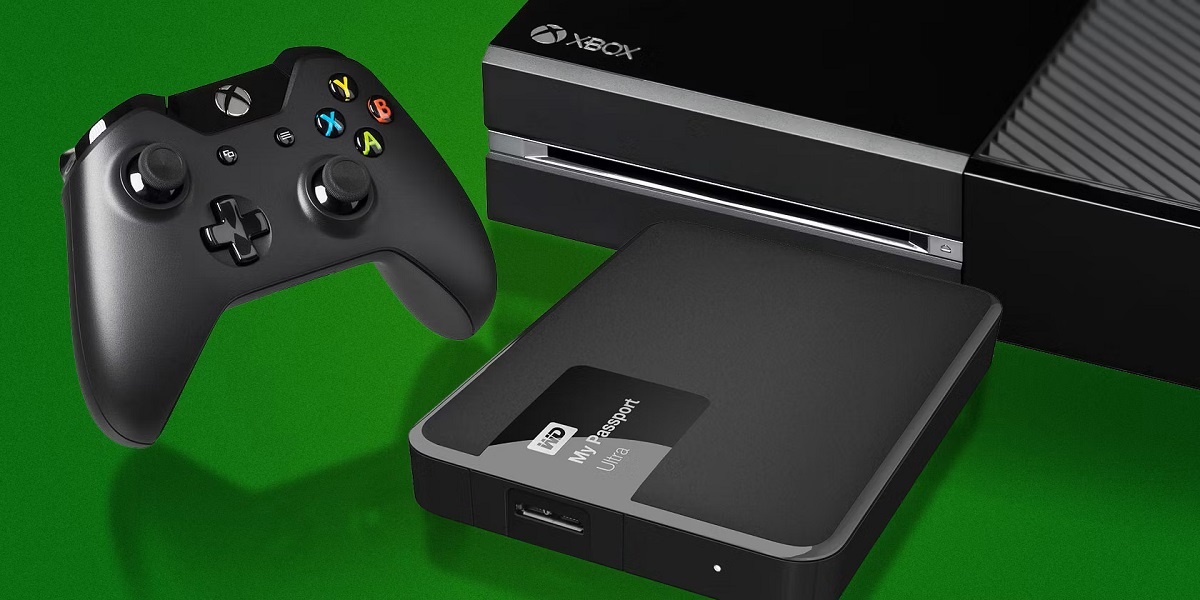
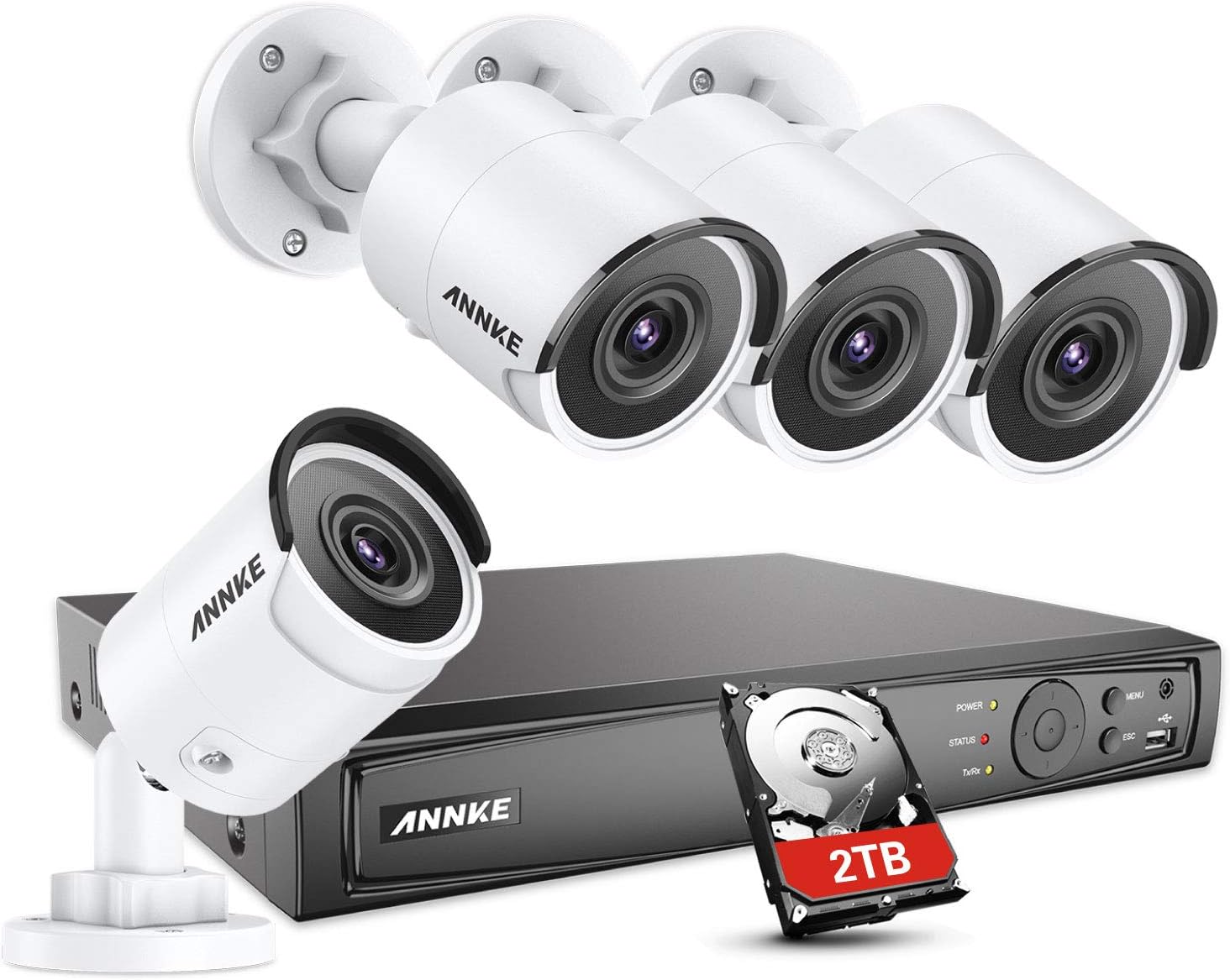
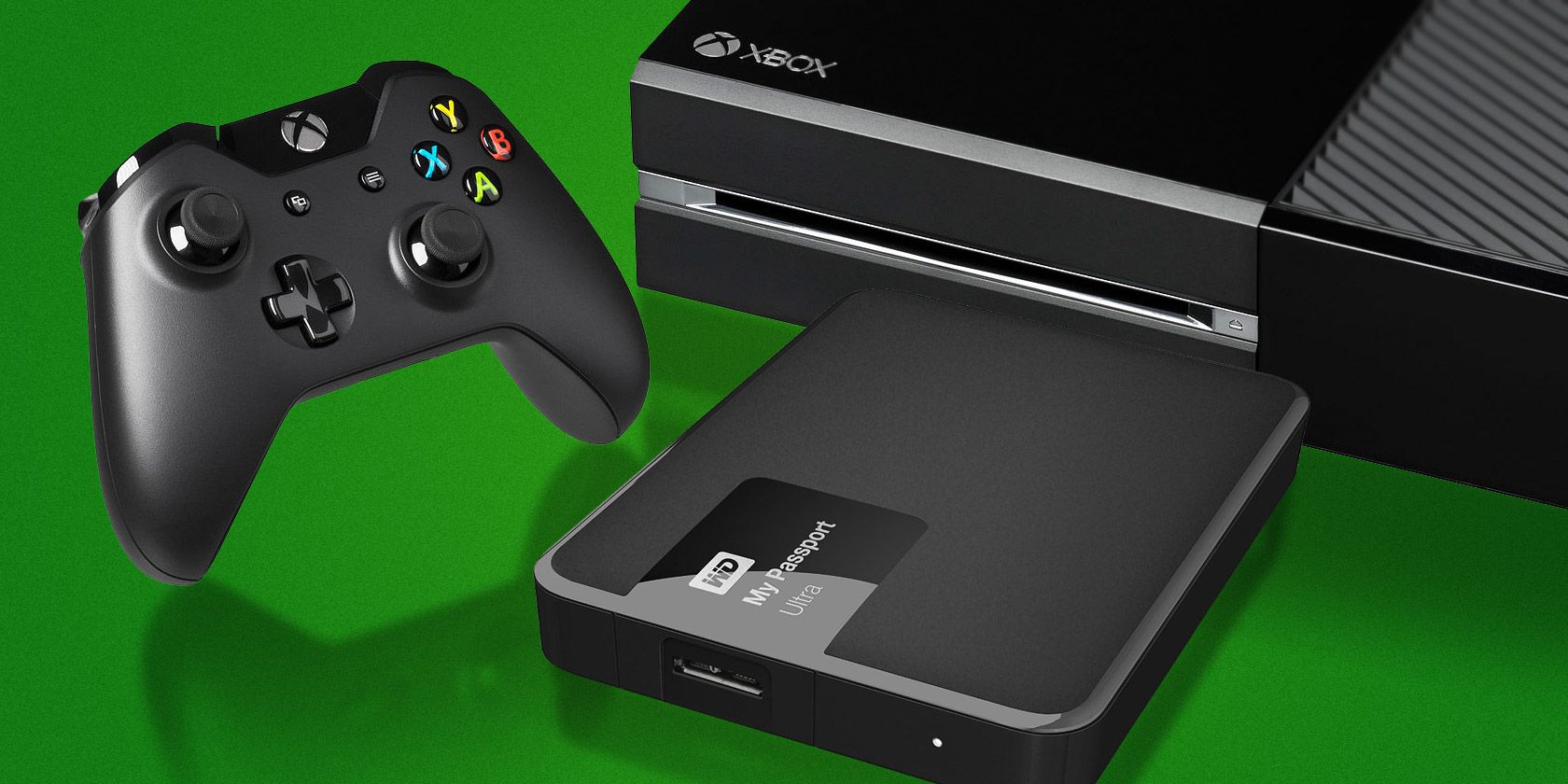
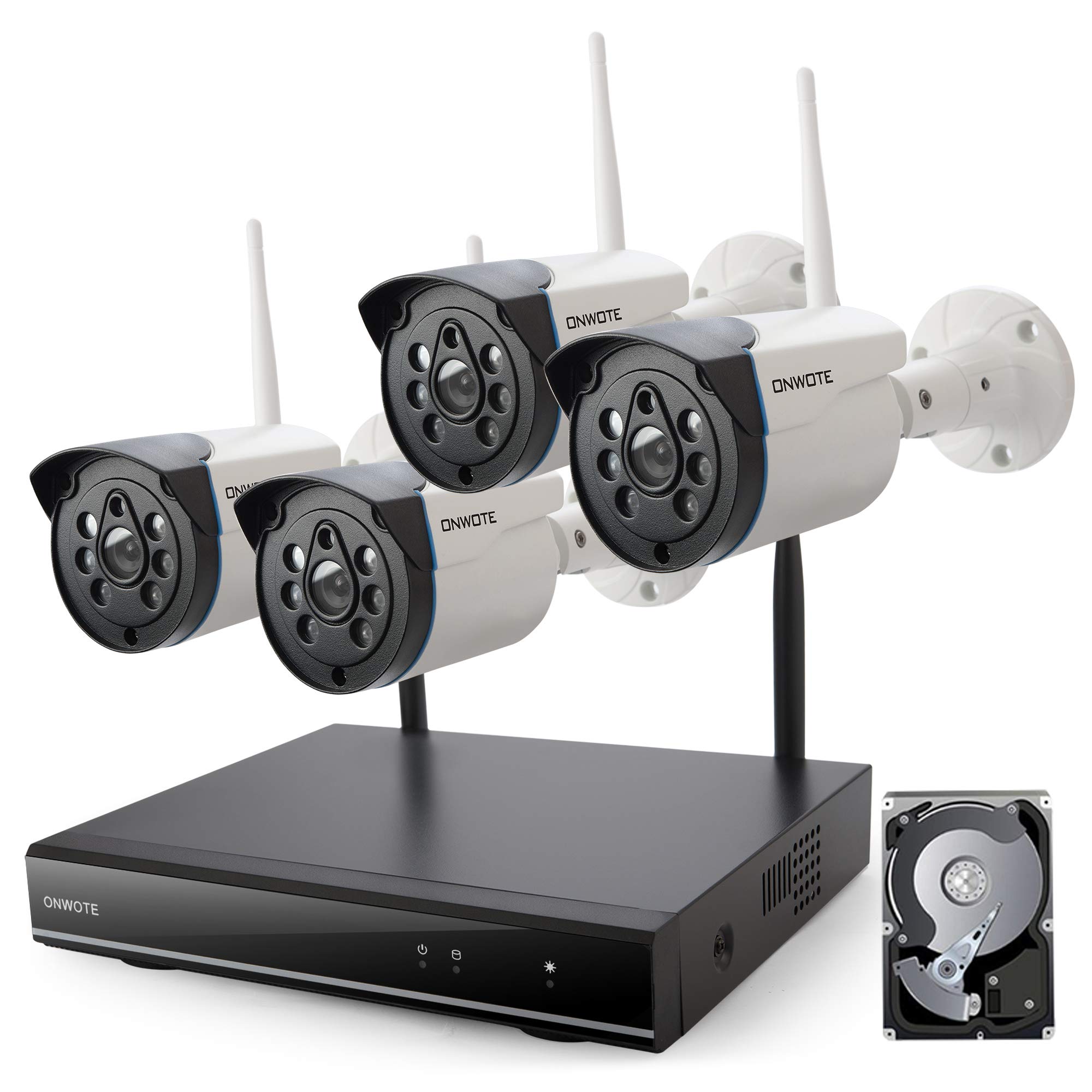




0 thoughts on “20 Things You Didn’t Know About Hard Disk Drive”